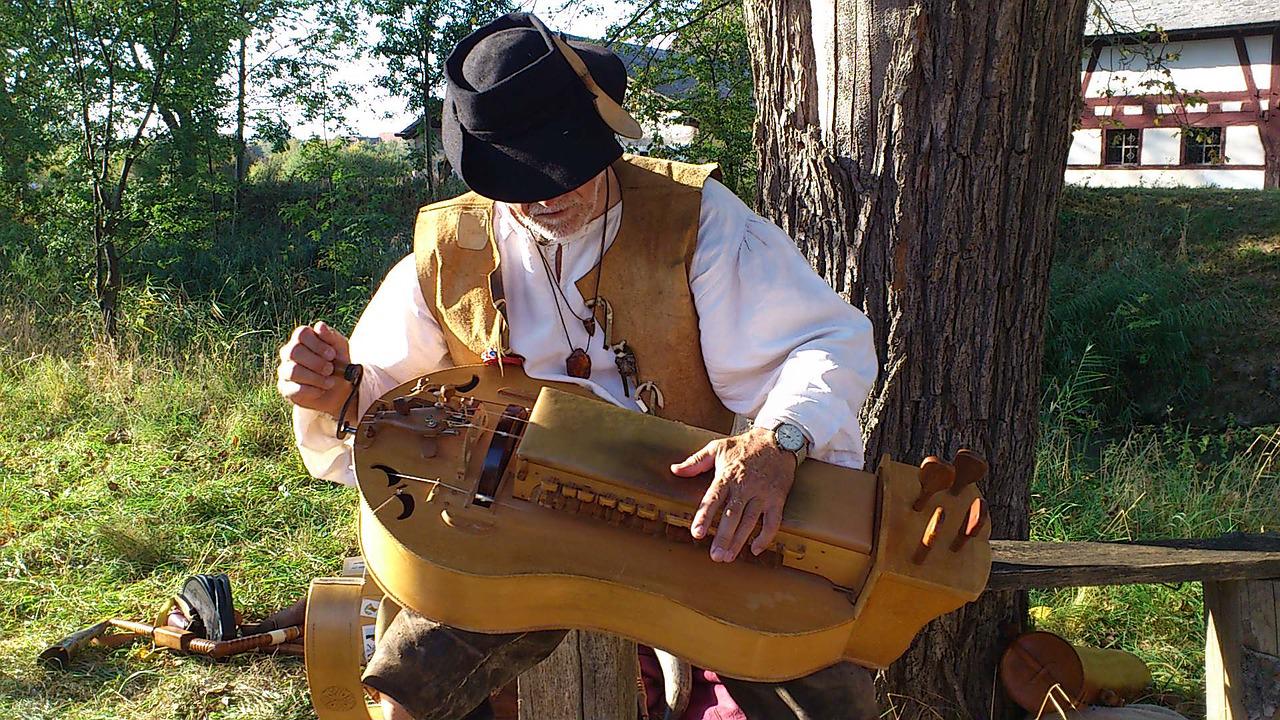I have been interested in early music for quite a while, and even though I am far from an expert on the subject, here is some of what I’ve learned.*
First things first: what is early music? The simplest way to think of it is music primarily from the medieval and Renaissance periods. Basically any music from before the “Western classical music” timeline we usually hear about, which starts with the Baroque.
- Early instruments were generally quieter and had less even tone across their full range (i.e. some notes were much stronger and some were very weak) than their modern counterparts. I understand why musicians over time gravitated to developments that led their instruments to have more consistency and volume, but as with everything, that came with a tradeoff. It led to character being lost in favor of a more homogenous sound.
- The character of those early instruments was used consciously by composers. Strong notes were used to emphasize specific beats, weak notes were used on offbeats, and specific key signatures were used to achieve particular sounds.
- Medieval music and folk music have a lot in common and feel very similar to play. For example, in the way the notes are articulated (meaning the intricacies of the way the note is played by the musician) and the role of ornamentation (a.k.a. extra flourishes, how to distinguish repeating notes, etc.).
- Some popular instruments in the medieval period were the hurdy gurdy, the chalumeau (an early version of the clarinet), the crumhorn (an early version of the oboe), and simple system flutes. These are flutes with six open holes, without the keys (the button-like gadgets) that modern concert flutes have). It also seems like one of the most ubiquitous instruments for a large portion of music history was the recorder. Yes, the recorder. It was an enormously popular instrument (and an absolute favorite by the likes of Henry VIII and others) right up through the classical era, when it fell somewhat out of fashion in favor of the flute. But before that, it was quite a respectable and high-status instrument. Some of the composers to write for the recorder include Handel, Telemann, Vivaldi, and Bach. Yep. Bach.
- String instruments evolved just as much as the woodwind family did. An earlier version of the violin, called a viol, had six strings instead of four, and was more square in shape. And of course, the material used to make the strings changed–which significantly impacted the standard string instrument sound that we recognize today. Originally made from sheep gut, it wasn’t until the 1900s that strings transitioned to fully metal or synthetic materials. If you’re an uber nerd, you can read more about the history of violin strings here.
- Tuning was not standardized and could vary from country to country, and even city to city. Musicians tuned to each other, to the singers they were working with (if applicable), and to the preferences of their location. Generally speaking, you’ll hear contemporary musicians who specialize in early music mention “high Renaissance pitch” and “low Baroque pitch.” That means in the Renaissance (based on surviving instruments and other indications), the most common pitch was a half step higher than modern concert pitch, and in the Baroque, it was a half step lower than modern concert pitch. Crazy how an “A” hasn’t always been an “A”, right?!
*Little caveat here: these are generalizations and would certainly not hold true for every single instrument, every musician, and every location for the entirety of the Middle Ages and Renaissance.
